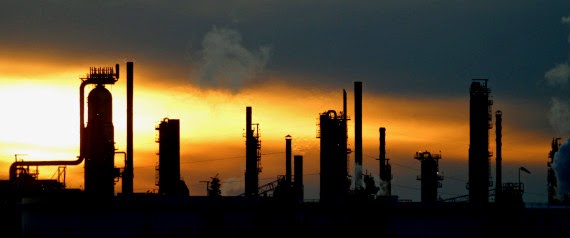| Online: | |
| Visits: | |
| Stories: |
Why Climate Engineering Won’t Work
by Anders Levermann
Huffingtonpost
From the California drought to the Vanuatu typhoon, weather extremes are increasingly hard to ignore, and global warming is going to worsen our situation. Hence, climate engineering is the big temptation of our times: If there's too much heat on the planet, let's block some sunlight and continue business as usual. There's just one problem: It won't work. Fundamental physics tells us that the place where warming is greatest, in the Arctic, reflecting sunlight back into space has the smallest cooling effect. And it's the Arctic that is crucial for U.S. and European weather systems.
In order to counter global warming, several techniques to reflect sunlight back into space have been suggested. The only one that is simple and cheap enough to be seriously discussed at the moment was put forward by Paul Crutzen, awardee of the Nobel Prize for advancing our understanding of the stratospheric chemistry to the ozone layer. He suggested to inject tiny particles — sulphate aerosols, to be specific — into the stratosphere to shield Earth from a certain portion of solar radiation and hence cool the planet. Since then, whole research fields have developed around the idea. While industry and politicians seem to love it, from a physicist's perspective it is obvious that the method has a basic problem. In blunt terms: It cannot save us from climate change.
It's basic physics.
The reason is as simple as fundamental: The extra abundance of greenhouse gases in the atmosphere does not change our climate in a uniform manner. The Arctic, for example, is warming almost twice as much as the tropics. This has to do with a well-known effect called polar amplification. The main reason for this is that warming enhances the amount of water vapor in the atmosphere, which then snows-off in the dry and cold polar region where it releases energy and warms the atmosphere. Now, if this sounds too complicated, one just has to hold up a thermometer in the Arctic and another one in the tropics: They show that temperature up North rises faster than at the equator.
Read more »
Every Day is Earth Day
Source: http://www.riseearth.com/2015/05/why-climate-engineering-wont-work.html





